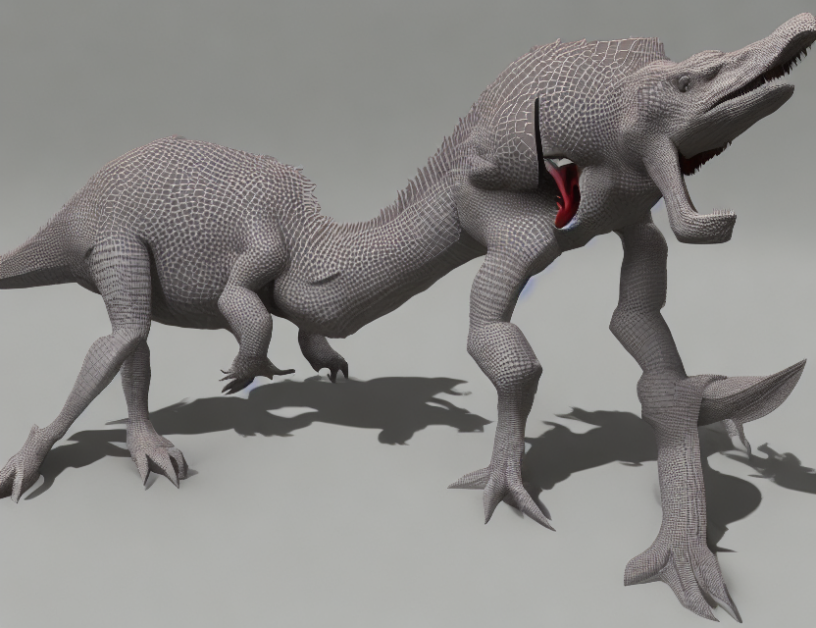Object recognition is a crucial task in computer vision, but it can be difficult to teach computers to recognize objects without explicit labels or supervision. In this article, we propose a novel approach called dense equivariant image labeling (DEIL), which can learn object frames without any manual annotations.
Think of DEIL as a magic spell that transforms an ordinary image into a map of object frames. Just like how a wizard might use magic to turn a pile of rocks into a castle, DEIL uses deep learning algorithms to transform a regular image into a detailed representation of the objects within it. The key insight is that the algorithm learns to associate each point in the image with its corresponding object frame, rather than just recognizing individual objects.
The proposed method relies on dense equivariant representations (DERs), which are special mathematical functions that can transform an image into a set of interconnected frames. These frames capture the spatial relationships between different parts of the object, allowing the algorithm to learn a robust representation of the object’s structure and pose.
To train the model, we use unsupervised learning techniques, such as dense labeling, where each point in the image is assigned a label based on its similarity to other points in the same class. This allows the algorithm to learn the mapping between images without any explicit labels or supervision.
The proposed method is evaluated on several challenging scenarios, including recognizing objects under different poses and occlusions, and handling variations in lighting and viewpoint. The results show that DEIL outperforms existing methods in many cases, demonstrating its potential for practical applications.
In summary, DEIL is a novel approach to unsupervised learning of object frames that leverages dense equivariant image labeling and deep learning algorithms. By transforming images into interconnected frames, it can learn a robust representation of an object’s structure and pose without any explicit labels or supervision. This has the potential to greatly simplify the task of recognizing objects in images, making it easier for computers to understand and interact with the world around us.
Computer Science, Computer Vision and Pattern Recognition
Leveraging DINO Features for Unsupervised 3D Reconstruction



